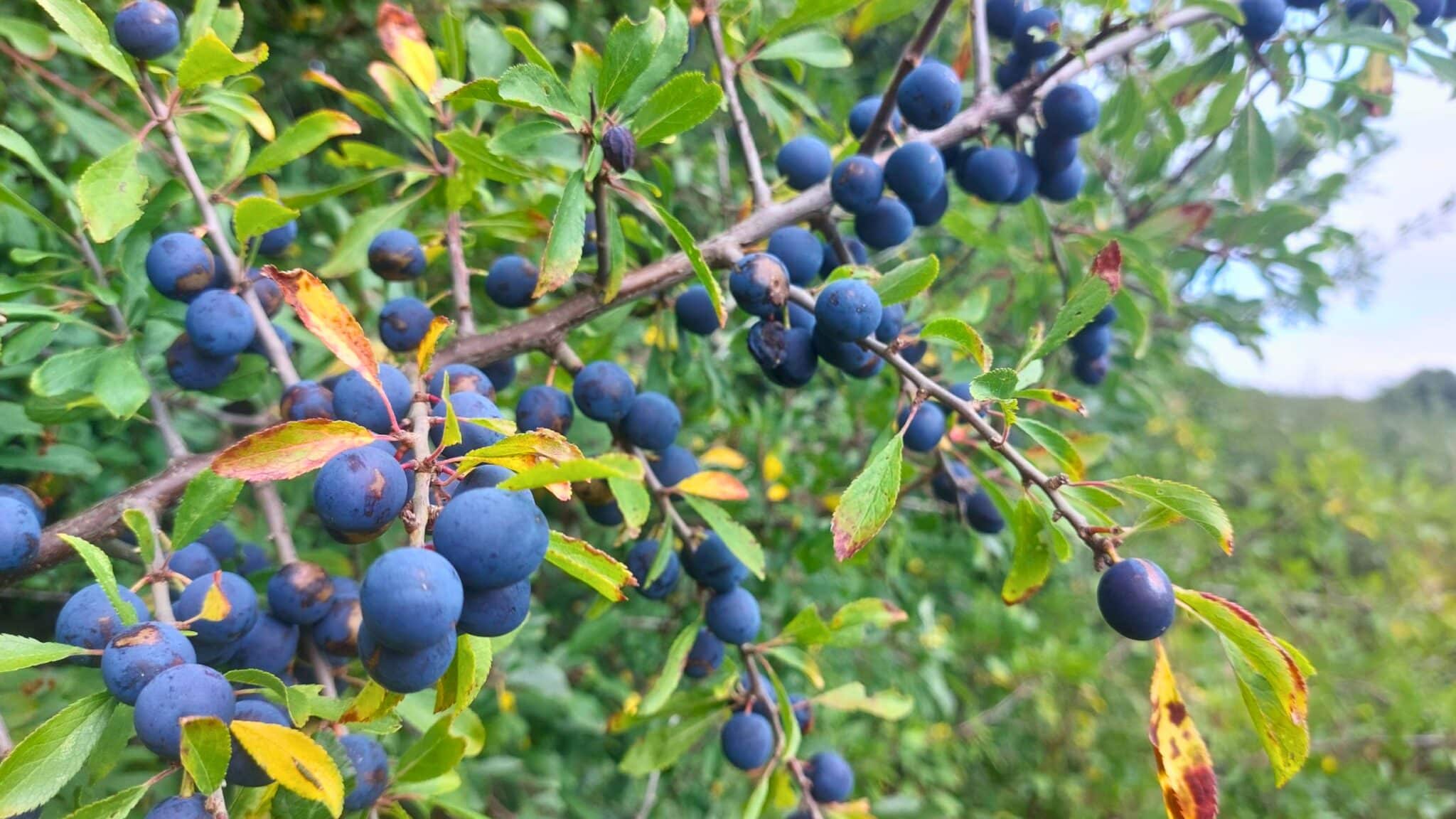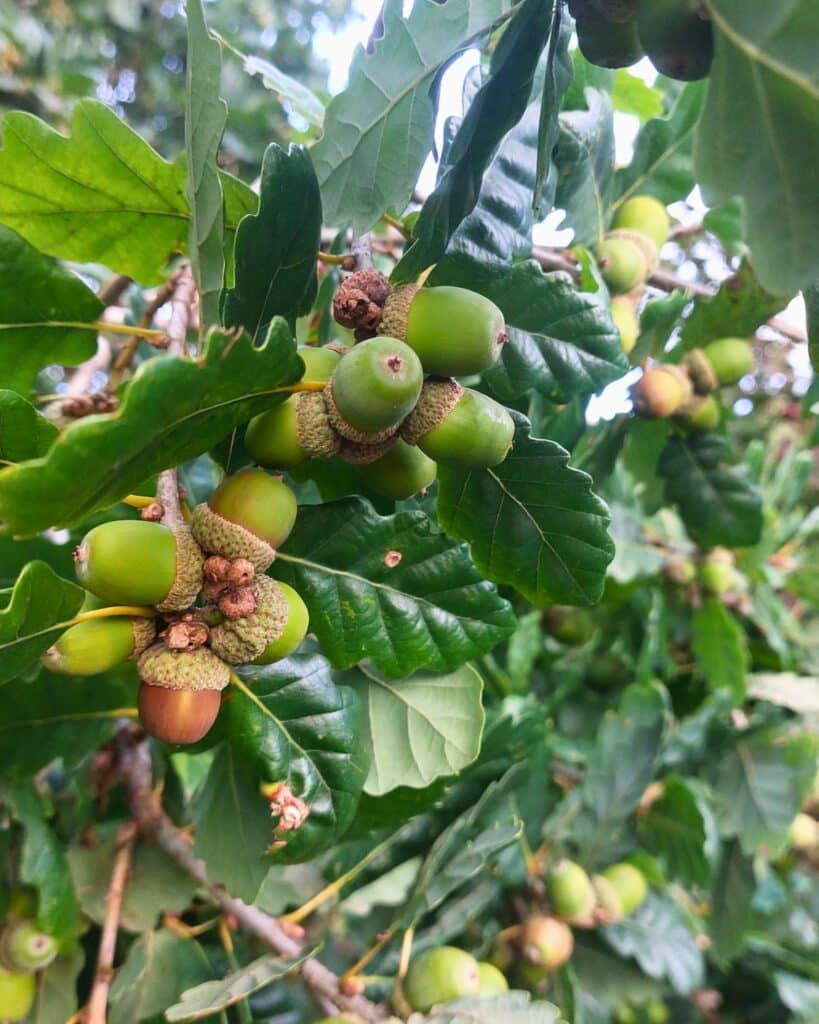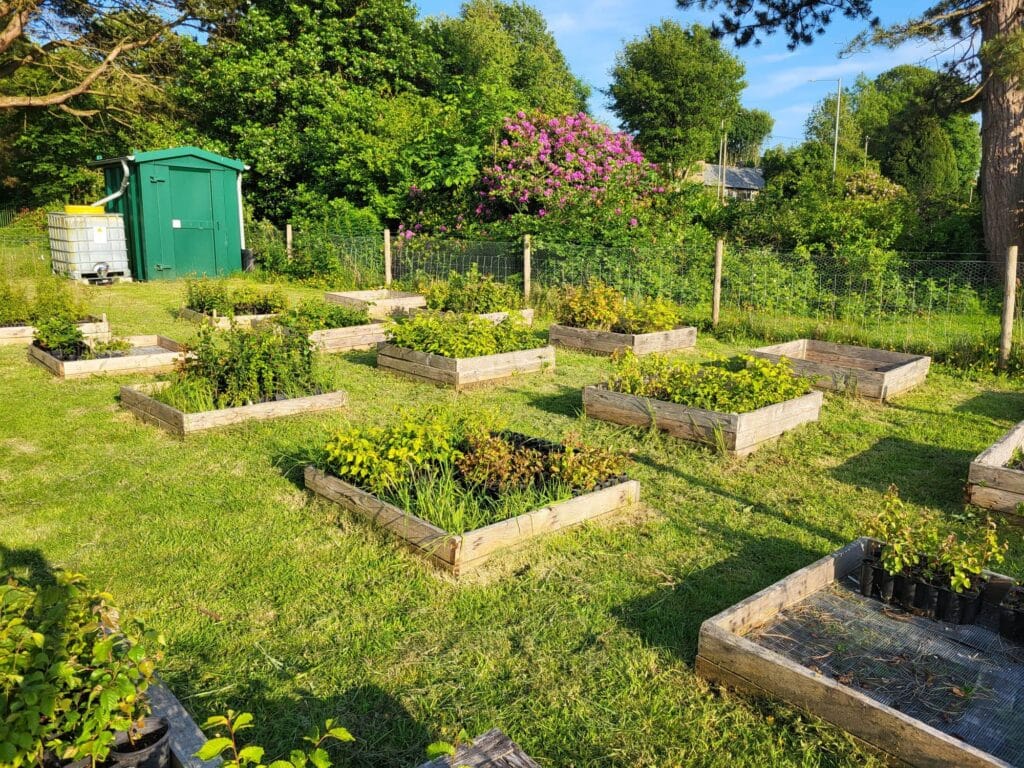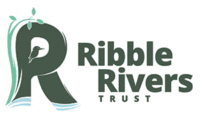
What Is A Mast Year And What Does It Mean For Our Woodlands?
If you’ve been out and about over the last couple of months, you’ve probably noticed that our trees are packed full of berries and branches are weighed down with fruits, seeds, and nuts. That’s because 2025 is shaping up to be a mast year. This is a special event that only happens every few years, and one that has fascinating effects on wildlife, woodlands, and even the work we do here at Ribble Rivers Trust.
What is a mast year?
A mast year is when trees and shrubs produce an unusual abundance of fruits, nuts, and seeds, known as “mast.” Instead of a scattering of acorns or the usual crop of berries, mast years bring thick carpets of nuts and seeds, heavy branches of fruit, and a feast for wildlife across our landscapes.
These events usually occur roughly every five years, although like all things in nature, this schedule is far from guaranteed! However, the last mast year in the UK was in 2020, and now, five years on, nature is giving us another bumper crop.
Why do mast years happen?

Mast years are nature’s clever way of ensuring the next generation of trees. Producing fruits and nuts takes a lot of energy, so trees can’t do it every year. Instead, they build up resources and release them all at once.
The strategy is known as predator satiation. In normal years, squirrels, mice, and other seed-eating animals consume most of the crop. But in a mast year, there’s so much food that the animals can’t possibly eat it all, so some seeds inevitably escape and grow into new saplings.
The impact ripples through the ecosystem too. Small mammals and birds benefit from the extra food, predators such as owls and foxes enjoy the increase in prey, and woodland regeneration gets a huge boost. It’s a cycle that keeps woodlands healthy, and benefits wildlife too.
How do trees ‘plan’ their mast years?
One of the mysteries of mast years is how trees manage to synchronise across such vast areas. Trees in Ribble Catchment, and beyond all seem to “agree” on the same year to produce bumper crops.
Scientists believe the answer lies in a combination of weather cues and communication. Warm, dry springs are perfect for pollination, while particular patterns of temperature and rainfall influence seed development. This year has seen our trees put under some serious environmental stress, with prolonged dry spells and hot weather throughout spring and summer.
Alternatively, some researchers suggest trees also release chemical signals or synchronise through pollen exchange, allowing them to act in unison even across wide landscapes. It’s a reminder that trees are far from solitary, they’re part of a vast, living network.
What does this mean for our woodlands and tree nurseries?
Here at Ribble Rivers Trust, mast years are both fascinating and practical. Our team has been busy behind the scenes, inspecting our woodland sites and planning seasonal maintenance. Interestingly, some of the woodlands we planted in winter 2024/25 are already outpacing older woodlands in their growth. The cause of this could be the mast year, alongside the mild, wet winter and warm summer. Or is could be a coincidence!
The abundance of seeds and nuts this year also means our tree nurseries will be overflowing seeds too. Collecting seeds from local woodlands allows us to grow new saplings that perfectly suit the climate and soils of Ribble Catchment. In time, we will plant these out to form new woodlands that protect rivers, boost biodiversity, and capture carbon.

How to get involved
If you’d like to get involved in our woodland work, we’d love to have your support! There are several ways you can help us in our mission to plant more trees and protect more rivers.
- Dedicate a tree for just £15 and leave a lasting legacy in our landscape.
- Volunteer with us to help plant trees and care for young woodlands.
- Support our tree nurseries by helping us collect seeds, grow saplings, or maintain sites. Get in touch with us to find out more.
- Stay connected by following Ribble Rivers Trust on social media for tree-themed updates, or dive into our blogs to learn more about why rivers and trees are nature’s dream team.

Rivers are at the heart of our local landscapes. Whether you’re casting a line, exploring a riverside trail, or simply basking in the beauty of nature, you can help protect these special places now, and for generations to come.
By becoming a Ribble Rivers Trust supporter for just £3 a month, you’ll be funding real, on-the-ground action.
Ready to make a difference? Learn more here: ribbletrust.org.uk/become-a-supporter

